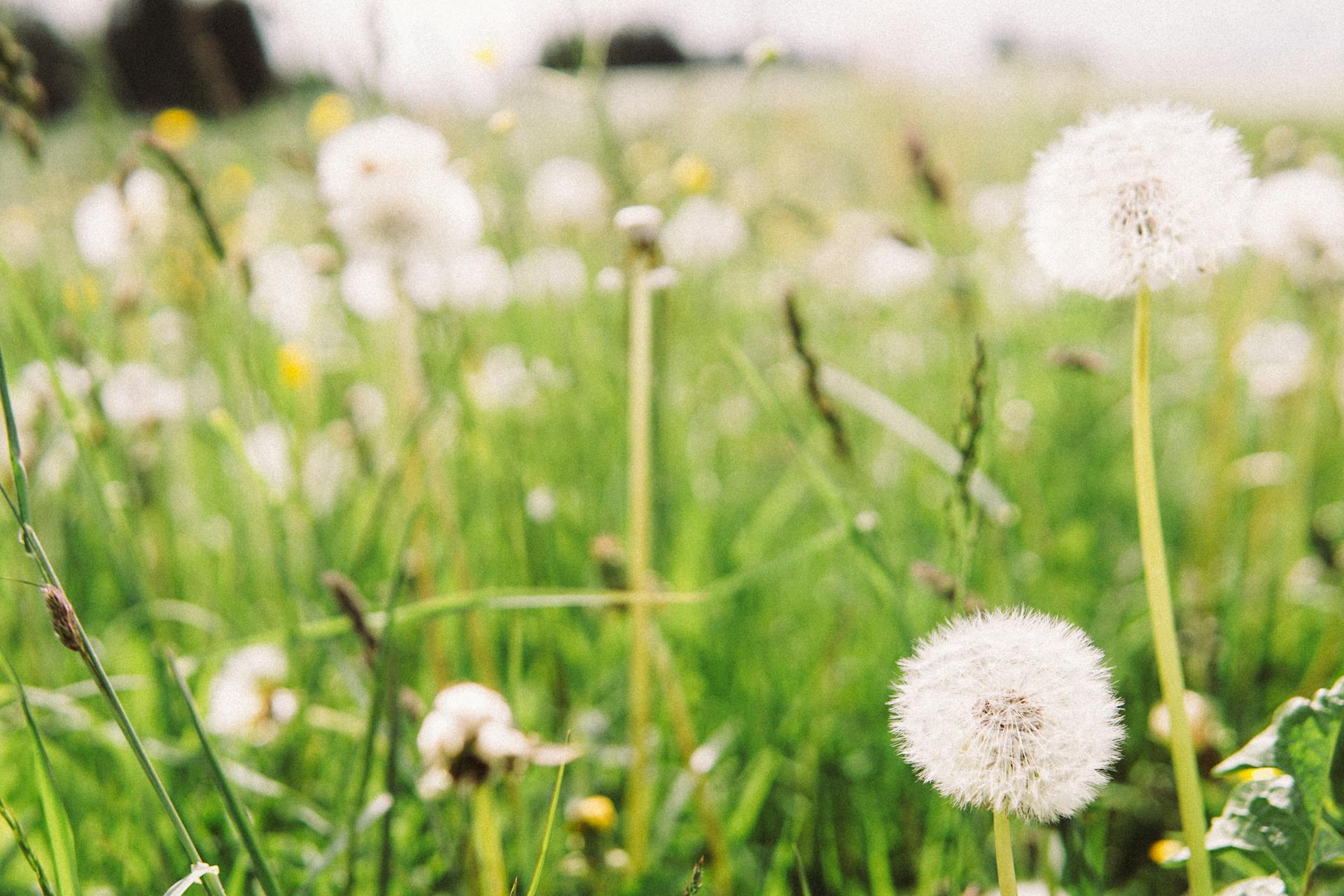Maintaining a healthy and lush lawn in Utah can be challenging due to various pests that can cause significant damage. Identifying these pests early and knowing how to control them is crucial for keeping your lawn in top shape. Here’s a detailed guide on common pests that damage Utah lawns and effective strategies to control them.
1. Grubs
Identification
Grubs are the larvae of various beetles, including Japanese beetles, June beetles, and chafer beetles. They are C-shaped, white, and found in the soil. Grubs feed on grass roots, causing brown patches and weakened grass.
Signs of Infestation
- Brown, wilting patches of grass that can be easily pulled up.
- Increased bird activity on your lawn as birds feed on the grubs.
Prevention and Control
- Healthy Lawn Maintenance: Regular watering, mowing, and fertilization help keep your lawn healthy and more resistant to grub infestations.
- Beneficial Nematodes: Apply beneficial nematodes to the soil to naturally control grub populations.
- Chemical Treatments: Use grub-specific insecticides in late summer or early fall when grubs are most active.
2. Chinch Bugs
Identification
Chinch bugs are small, black insects with white wings. They suck the sap from grass blades, causing yellowish patches that eventually turn brown and die. Chinch bugs are most active in hot, dry weather.
Signs of Infestation
- Irregular yellow patches on the lawn that turn brown.
- Grass that feels spongy due to root damage.
Prevention and Control
- Regular Watering: Keep your lawn well-watered, as chinch bugs thrive in dry conditions.
- Thatch Management: Reduce thatch buildup through regular aeration to eliminate hiding places for chinch bugs.
- Natural Predators: Encourage natural predators like ladybugs and lacewings.
- Chemical Treatments: Apply insecticides labeled for chinch bugs in early summer.
3. Sod Webworms
Identification
Sod webworms are the larvae of small moths. They create silk-lined tunnels in the thatch and soil, feeding on grass blades at night. Infested lawns exhibit irregular brown patches and thinning grass.
Signs of Infestation
- Brown, irregular patches on the lawn.
- Silky tunnels or webs in the thatch layer.
Prevention and Control
- Healthy Lawn Maintenance: Regular watering, mowing, and fertilization keep the lawn healthy.
- Beneficial Nematodes: Apply beneficial nematodes to target sod webworm larvae in the soil.
- Chemical Treatments: Use insecticides specifically designed for sod webworms during their larval stage.
4. Billbugs
Identification
Billbugs are small, grayish-black beetles that damage lawns by chewing on grass stems and roots. Infested grass may wilt, turn brown, and die, resembling drought stress.
Signs of Infestation
- Grass that wilts and turns brown despite adequate watering.
- Sawdust-like frass near the base of grass stems.
Prevention and Control
- Resistant Grass Varieties: Plant grass varieties that are resistant to billbugs.
- Healthy Lawn Practices: Maintain regular watering, mowing, and fertilization.
- Chemical Treatments: Apply insecticides labeled for billbugs in late spring or early summer when adults are active.
- Biological Controls: Introduce beneficial nematodes to target billbug larvae in the soil.
5. Armyworms
Identification
Armyworms are caterpillars that feed on grass blades, creating irregular, bare patches. They are most active in late summer and early fall and can cause significant damage quickly.
Signs of Infestation
- Rapidly appearing bare patches.
- Caterpillars visible on the grass, especially in the early morning or late afternoon.
Prevention and Control
- Healthy Lawn Maintenance: Regular watering, mowing, and fertilization keep the lawn resilient.
- Regular Monitoring: Inspect your lawn for signs of armyworms, especially during peak activity periods.
- Chemical Treatments: Use insecticides labeled for armyworms at the first sign of infestation.
- Biological Controls: Introduce natural predators like birds and parasitic wasps.
Integrated Pest Management (IPM)
Understanding IPM
Integrated Pest Management (IPM) is an eco-friendly approach that combines biological, cultural, physical, and chemical methods to control lawn pests effectively.
IPM Strategies
- Monitoring: Regularly inspect your lawn for signs of pest activity.
- Identification: Correctly identify the pests causing damage.
- Prevention: Implement cultural practices to prevent pest infestations.
- Control: Use a combination of biological, physical, and chemical methods to manage pests.
Conclusion
Understanding and managing common lawn pests in Utah is essential for maintaining a healthy, vibrant lawn. By implementing effective pest management strategies, including Integrated Pest Management, biological controls, cultural practices, and careful use of chemical controls, you can keep your lawn pest-free and thriving. For expert advice and professional lawn care services, consider partnering with Saratoga Mowing. Our experienced team is here to help you achieve the beautiful lawn you desire.


